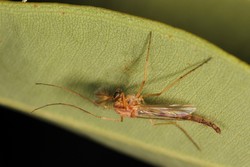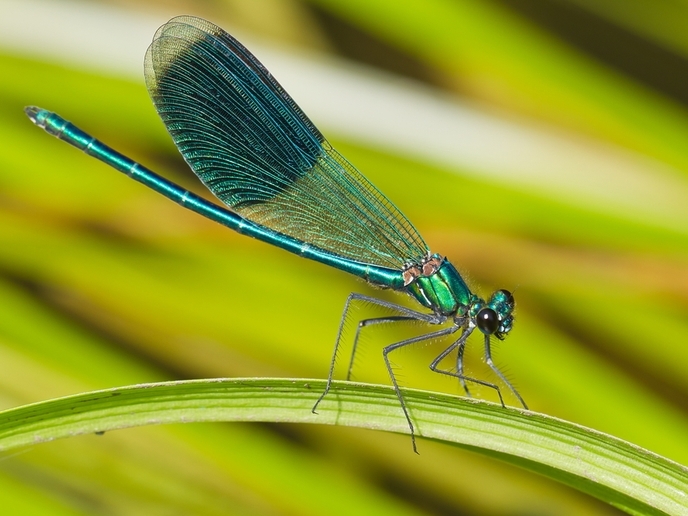Urine traps against biting midges
Many animal diseases reduce agricultural production and necessitate careful monitoring and control. Biting midges are often the carrier vectors of viruses responsible for diseases such as Bluetongue and Schmallenberg, which threaten food production across Europe. To address this, scientists on the EU-funded MIDGETRAP (An innovative semiochemical based tool for monitoring and control of biting midge vectors of bluetongue and Schmallenberg disease) project proposed to use attractive odours identified from urine as a means of luring biting midges to traps. In this context, they performed field tests of traps with urine or water that were switched on two hours before sunset and switched off two hours after sunset. Traps containing carbon dioxide (CO2) or insect attractants isolated from urine were also used. Results proved that urine attracted biting midges, but only when presented in combination with CO2. In contrast, the insect attractants isolated from urine did not produce the same results, indicating that the chemicals responsible for the attraction of midges were unknown. For this purpose, researchers performed gas-chromatography linked electroantennography to identify chemicals from urine-eliciting responses in the biting midge antenna. However, the noise produced from neurons detecting movement obscured the signal from chemical sensory neurons. Subsequent bioassays identified a number of chemicals from urine and cattle hair, which elicited behavioural responses, when presented in combination with CO2. Currently, there are no suitable tools for monitoring and controlling the vectors of fatal animal diseases on farms. MIDGETRAP results proved that urine and some individual components of urine and CO2 work as midge attractants and could be used in traps. This strategy meets the requirements by farmers to generate naturally derived repellents for protecting animals and people.







